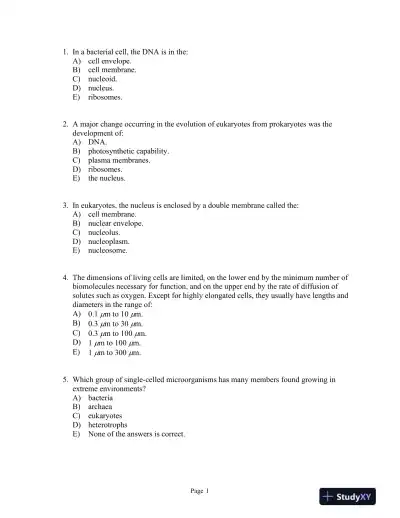Page 1

Loading page ...
Lehninger Principles of Biochemistry Seventh Edition Test Bank makes studying easier with a breakdown of core topics, solved examples, and revision tips.

Loading page ...
This document has 647 pages. Sign in to access the full document!